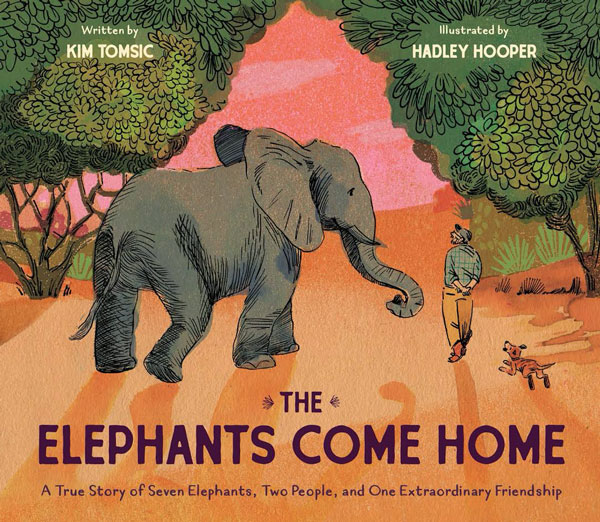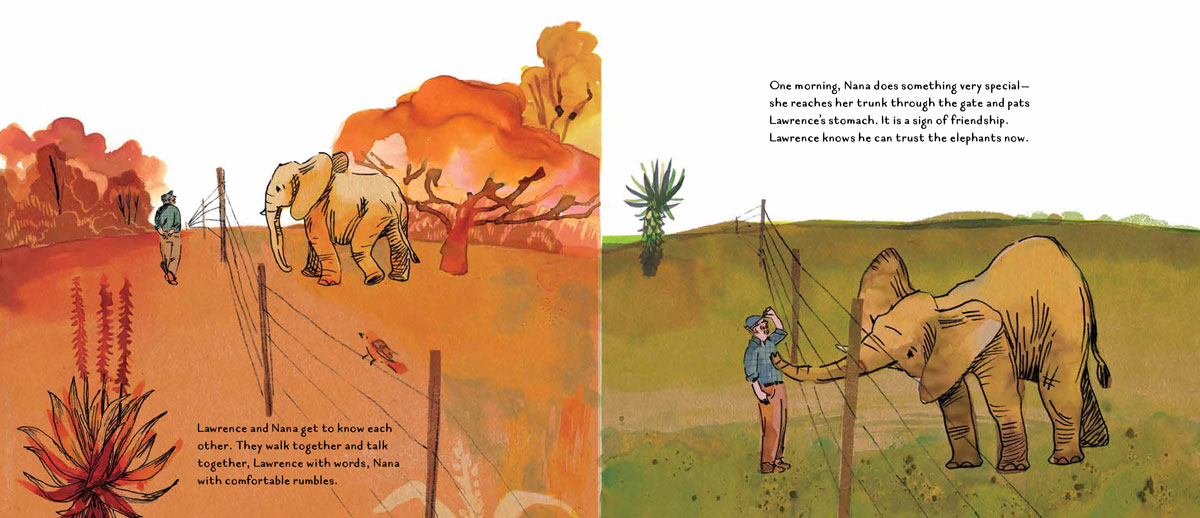How do authors balance all of the elements required to make a great children’s book? In this guest post on the Mackin Community Blog, author Kim Tomsic walks us through finding the heart of a story.
Whether creating a 500-word picture book or a 75,000-word novel, writers face a juggling act of crafting theme (without being didactic), character (without being cardboard), plot (with the perfect pace), and more, in an effort to create a sweet balance of delight, entertainment, meaning, and connection. But what makes a story good? Author Arnold Lobel once said, “A good picture book should be true. That is to say, it should rise out of the lives and passions of its creators.” I’d say this statement could be pushed a step further, so it reads, “A good children’s book (picture book through young adult novel) should be true. That is to say, it should rise out of the lives and passions of its creators and have a placeholder for a child to insert themselves and their emotions.” A good book should have heart. But what is heart and how does an author weave it into a story? I spoke with two experts to help answer this question: author and blogger Beth Anderson; and Senior Editor at Chronicle Books, Melissa Manlove.
First, meet Beth Anderson. She is the creator of the popular blog “Mining for Heart” and is the author of several picture books including “Smelly” Kelly and His Super Senses: How James Kelly’s Nose Saved the New York City Subway, an NSTA 2021 Best STEM book. Beth says, “‘Heart’ is the treasure I’m after whenever I start a new manuscript. What will make this story more than a reporting of events? What will bring emotional resonance? To me, heart is not the theme or focus nugget but is much deeper and more personal. It emerges when you process the research or story through your own life experiences and passions to find a unique angle or thread. ‘Heart’ can be nebulous, elusive, downright torture to tackle, but it’s what makes a manuscript sing!”
When thinking of heart, Beth wonders what will make a child reader think about the world a bit differently. This segues nicely to my belief that heart is the place where child readers’ world views shift because the story has inched under their skin and into a place where it stays long after the book is closed. Heart jumpstarts a pulse and pushes a story beyond that which is merely entertaining but forgettable. Achieving heart in story means the writer made the reader feel something—think Charlie and Mouse by Laurel Snyder, Wonder by R.J. Palacio, and Dear Martin by Nic Stone.
Senior Editor Melissa Manlove from Chronicle Books is the perfect person to discuss heart in story—I know because she’s the one who encouraged me to uncover the heart in my upcoming picture book, The Elephants Come Home. Initially, I approached Melissa with this true story about a man and a herd of elephants. Melissa and I both loved the extraordinary details in the story, but something was missing from my first draft—that nebulous “something” was the heart. The emotional resonance of this truly remarkable story sat on the outskirts of the many interesting details, and though details are wonderful, heart is the magic that makes readers feel that poignant oomph in their chest.

To include heart, I had to dig back into my text, revise, and invite the reader closer, and in order to do this I had to identify the true piece of me that I wanted to bring to the story. Furthermore, I also had to find a placeholder for a child to insert themselves into the story. Melissa says “heart” can’t be in the reader’s face. It needs to be like a treasure chest the reader works to uncover. Actually, she says it more eloquently. Melissa says, “The writers I admire most tend to be ones that, as they draft, are following a feeling, a hunch, a question. They’re feeling out what seems right and what the story seems to want to be. And THEN from that, later, in the revision process, they figure out what that part of us that lives on story, but doesn’t have words of its own to speak, was trying to say. And when you let the story come first, and let it show you by feel where the heart is, then the heart is truly buried in it, like a buried treasure, and your story becomes a map for those who will follow you.”
Regarding feeling points, Melissa says that, “Many [stories are] disposable. And that’s because they’re entertaining in the moment, but they don’t mean anything. There’s nothing that stays with you afterward, nothing that nibbles at your imagination and pulls you back to them.” Even if a story is fiction, Melissa says a good story makes us “feel it is true.” Melissa explains that feeling in story is “the language-brain articulating what the story-brain had already known in feeling. A storyteller must evoke a universal feeling.” For a story to go deeper, there needs to be “a human experience at the heart of that story that we all can relate to…and a truth about that human experience in the story.”
The Elephants Come Home is the true story of two people, seven elephants, and an extraordinary friendship. When Lawrence and Françoise Malby Anthony agreed to have an angry herd of elephants come live on their wildlife reserve at Thula Thula, they were nervous. Elephants hadn’t lived in Zululand, South Africa, for over 100 years. Not only that, but the elephants were rumored to be riotous! When I heard about this, I immediately felt for the elephants. As a military brat, I moved a lot as a child, and much like the elephants, I understand what it means to be scared, angry, and vulnerable. In the spirit of leaving a piece of me on the page, I laid out a treasure map so readers could follow clues around trust, friendship, and the chance that love freely given can come back. That’s my truth. But here’s the thing about heart and authenticity—other truths and treasures might show up for readers with different experiences and needs. Perhaps someone else might follow a thread of processing life and death; another might find a truth in what it means to be displaced; another might be enchanted when thinking about the environment. I hope children fall in love with the elephants and become curious about the magic of these beautiful and wondrous creatures. I hope some children are sparked to investigate what it means to be an eco-warrior. And finally, I hope that children who might need a bridge are able to discover a path in the story to open up a conversation about what is in their heart. The Elephants Come Home, with gorgeous illustrations by Hadley Hooper and edited by Melissa Manlove, will be released on May 18, 2021, by Chronicle Books.







